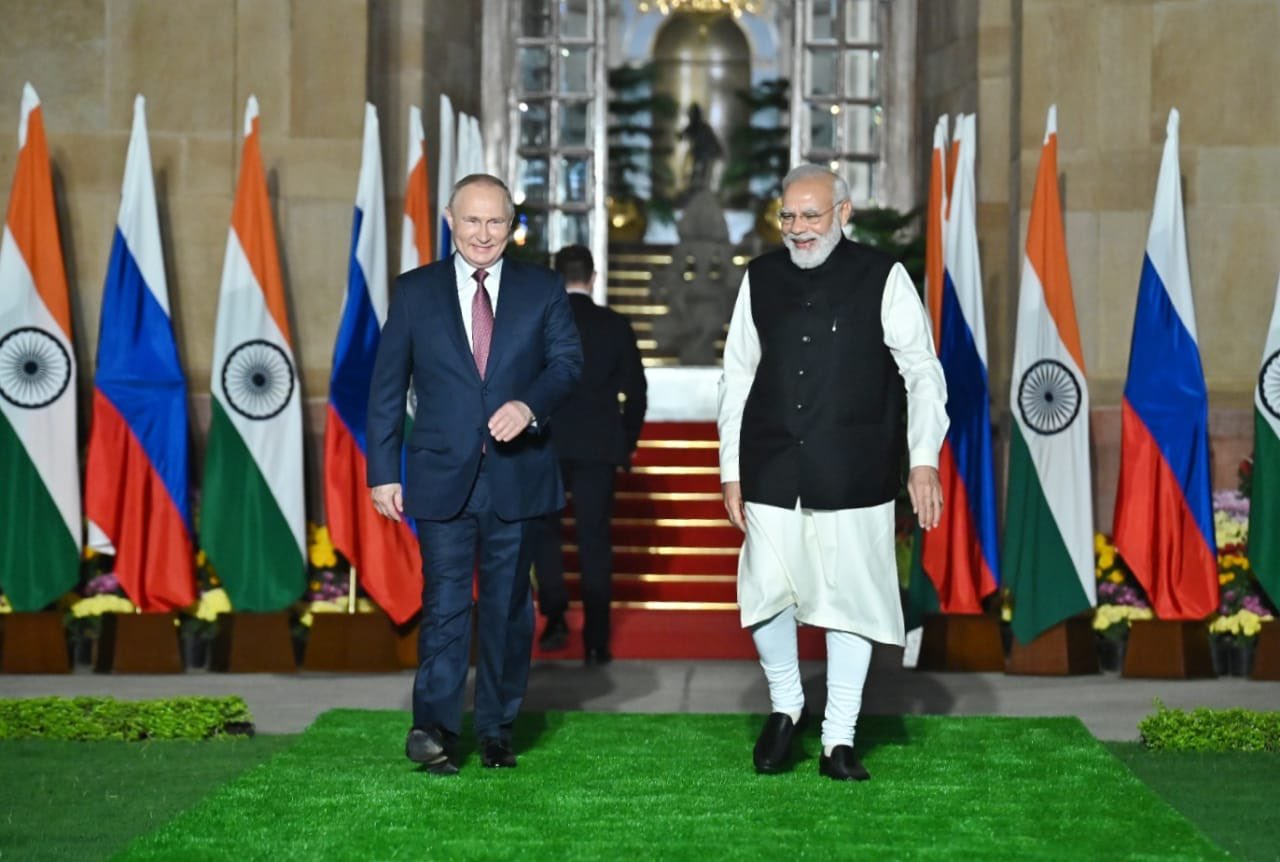After S-400 and AK-203 deals, the next big agreement between India and Russia could be on Igla-S man-portable missile defense system, a top Russian official told a leading Indian daily.
Russian President Vladimir Putin and India Prime Minister Narendra Modi held summit-level talks in New Delhi on December 6 in the backdrop of the two countries signing as many as 28 agreements/MoUs to expand partnership in defense and space among other areas.
Putin’s India visit was significant given this was only the second official trip undertaken by the Russian President to a foreign country since the COVID-19 pandemic. For New Delhi, the summit was important not just for strengthening ties with Moscow but also to keep the supply of weapons from Russia running amid the “worst border standoff” with China.

Prior to the meeting between Indian PM and the Russian President, India and Russia signed agreements to procure 601,427 AK-203 assault rifles of the dimensions 7.63×39 nm, through the Indo-Russia Rifles Pvt. Ltd., under the military-technical cooperation agreement for 2021-31, Business Standard reported.
It is pertinent to mention that India has started receiving the Russian-made S-400 Triumf air defense systems, as part of a $5.4 billion deal signed in 2018, The EurAsian Times reported last month.
Igla-S Missile
The next big deal between Moscow and New Delhi could be the Igla-S man-portable air missile, Russian Federal Service for Military-Technical Cooperation (FSMTC) chief Dmitry Shugaev told The Economic Times.
India had issued a request for proposal (RFP) in October 2010 to procure over 5,000 missiles, 258 single-launchers and 258 multi-launchers, worth around Rs 6,400 crore.
Trials for the same began in 2012. Russia’s Igla-S bid was declared as L1 (lowest bidder) or the winner in this competition. The contenders for this contract were Rosoboronexport from Russia, MBDA from France, and SAAB from Sweden, The Times of India reported.
Following the victory of the Igla-S, SAAB and MBDA officially registered complaints stating that the trials were set in a way that they gave the Russians an edge above them. Despite this controversy, the Igla-S deal has been on track. According to officials involved in the deal, the contract could be signed by January, The Hindu reported.
“One of the important contracts that we expect to sign soon is for the supply and licensed production of Igla-S man-portable air defense missile systems in India. This means that we transfer the production license and supply the necessary components to the Indian side,” Shugaev told The Economic Times in an interview.
The Igla-S man-portable air defense missile system (MANPADS) is designed in a way for countering low-flying aircraft, as it forms the last line of defense against flying objects in a multi-layered air defense system.
The Igla-S is capable of engaging all types of visually observable aircraft and helicopters as well as identifying air targets such as cruise missiles and UAVs, both head-on and receding, at any time of day, against background clutter and decoy flares (jamming).
It is an advanced version of the Igla MANPADS with increased combat efficiency, especially for firing cruising missiles and identifying targets.
The Igla-S system comprises combat equipment, including the 9M342 missile and the 9P522 launching mechanism; maintenance equipment, including the 9V866-2 mobile test station and the 9F719-2 test set; training facilities; night firing devices, The EurAsian Times had reported.
According to the developer, Igla-S missiles assure 24*7 close air protection of military installation & civilian assets from attacks by tactical aircraft (fighters, assault aircraft, fighter-bombers). It can also neutralize combat helicopters as well as cruise missiles and unmanned aerial vehicles (UAVs) in head-on and tail-chase engagements against clutter background and in countermeasure environments when they are visually observed.
- Written by Kashish Tandon/EurAsian Times Desk
- Contact the author at: kashishtandon21@gmail.com
- Follow EurAsian Times on Google News